Community articles — Lecture Notes
Kürzlich
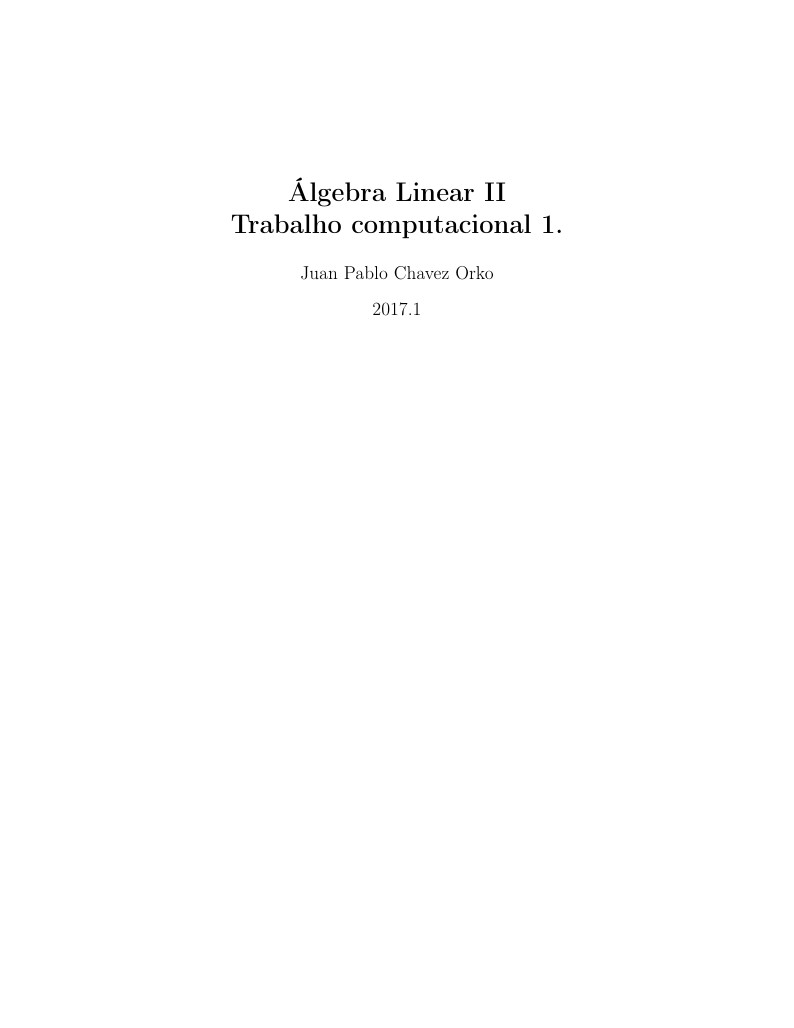
Álgebra Linear II
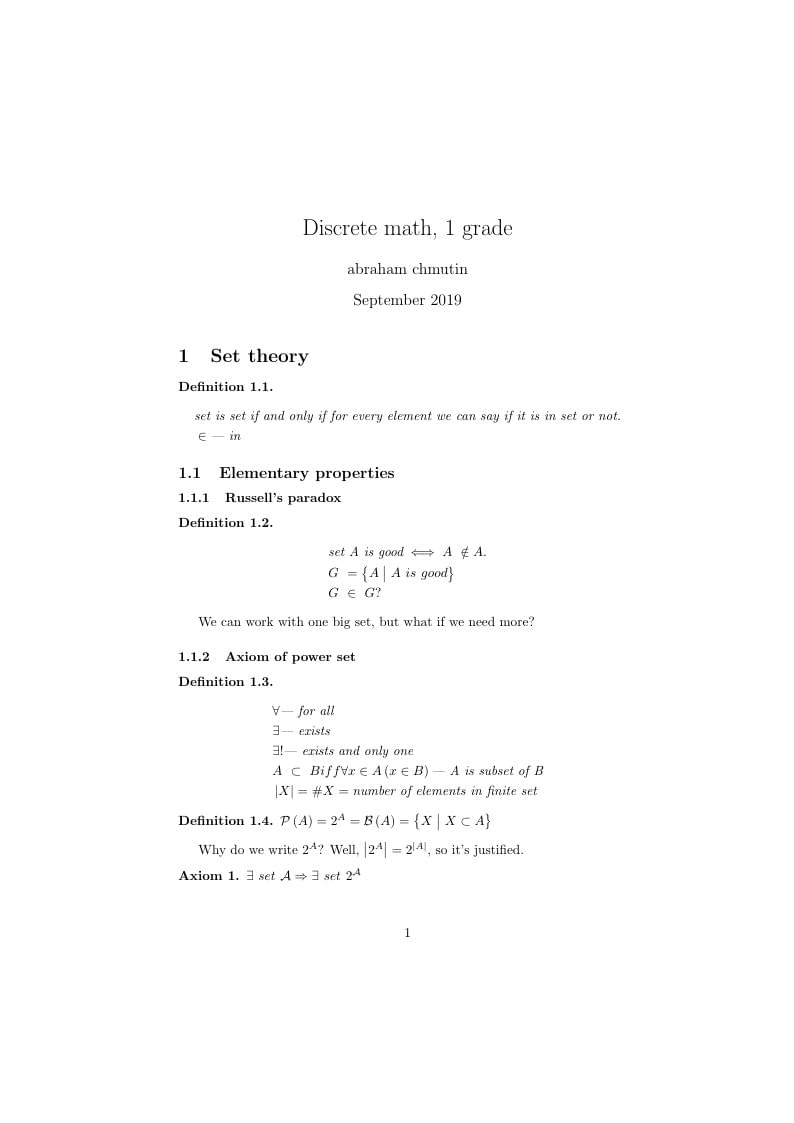
Discrete maths for students of mathfac hse 19-23
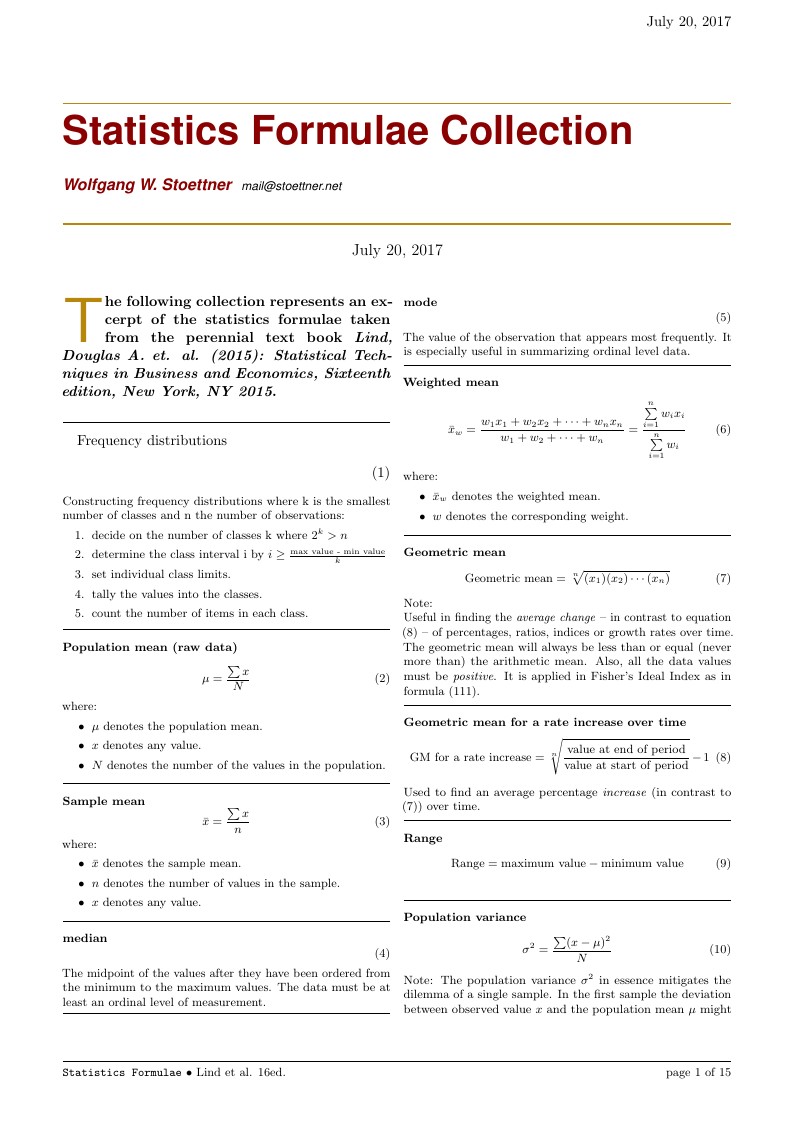
Collection of statistics formulae taken from the perennial text book Lind, Douglas A. et. al. (2015): Statistical Techniques in Business and Economics, 16 ed. (2015).
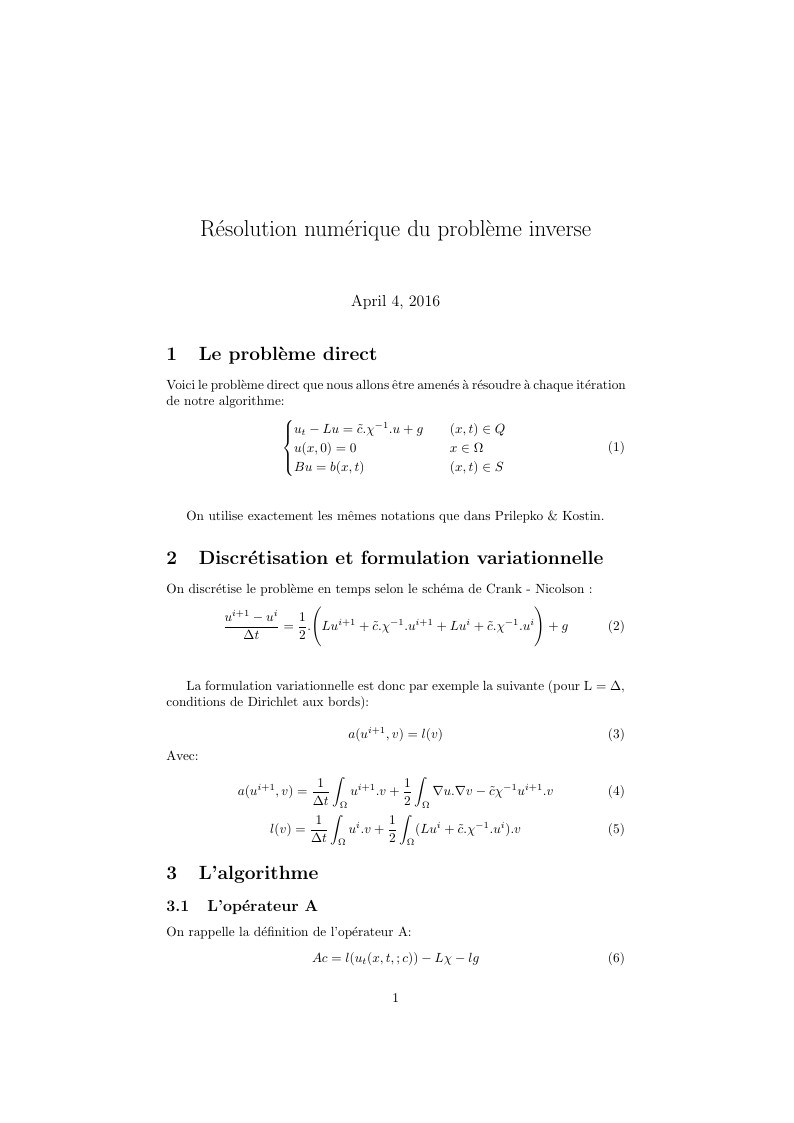
Résolution de problème inverse par point fixe
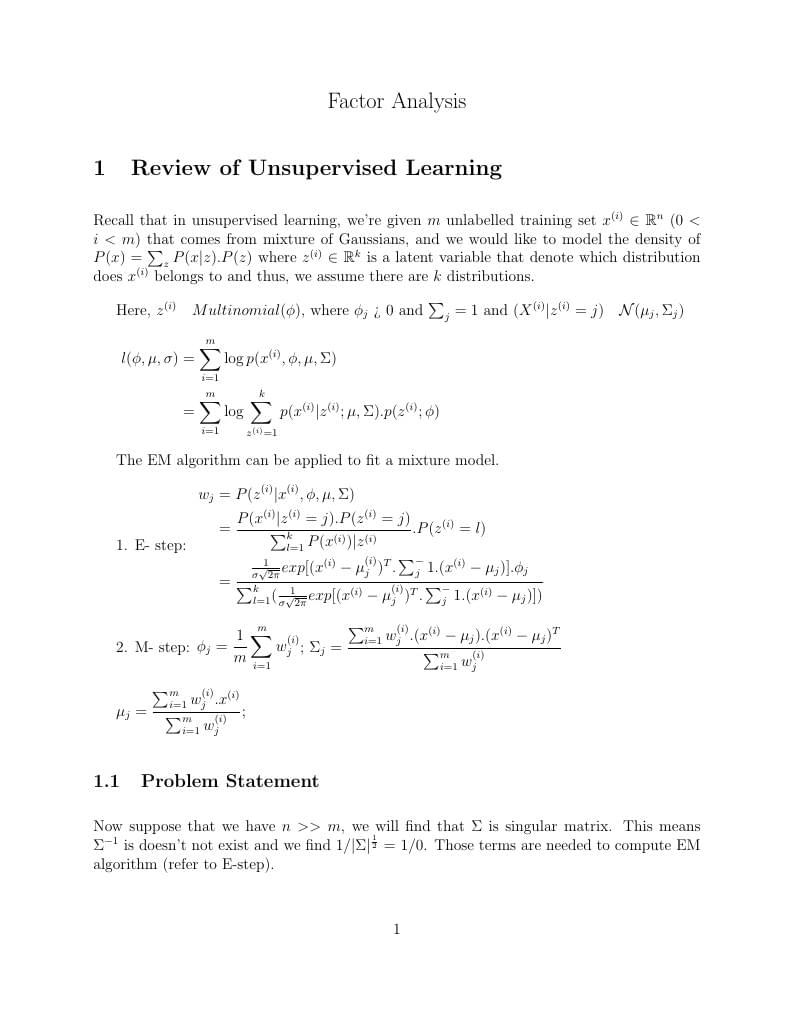
Just another Factor Analysis derivation. Refer to Stanford Lecture Notes CS229.
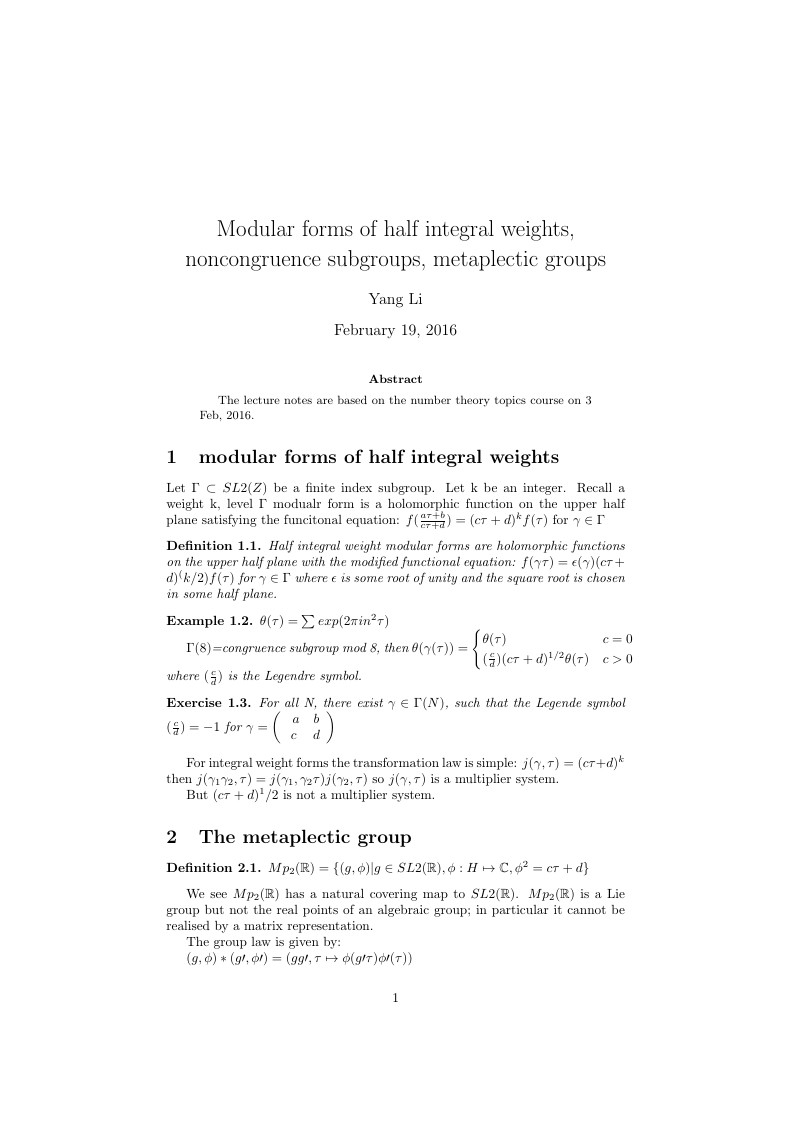
The lecture notes are based on the number theory topics course on 3 Feb, 2016.
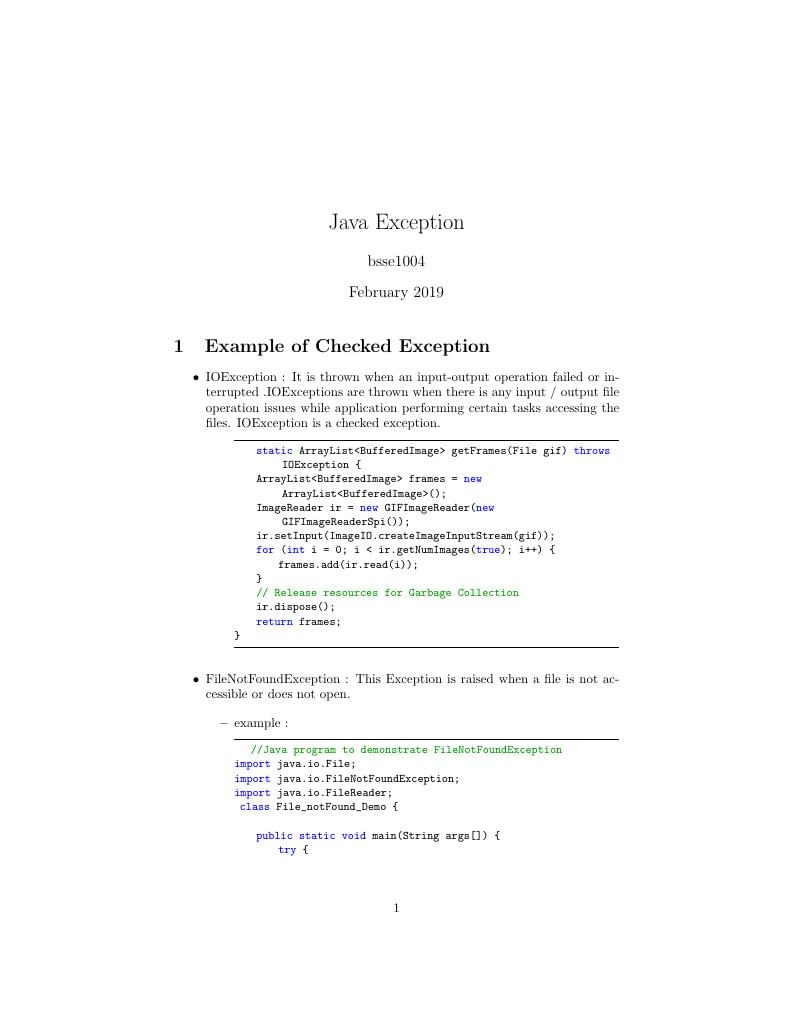
this is an article about the examples of checked and unchecked exception.
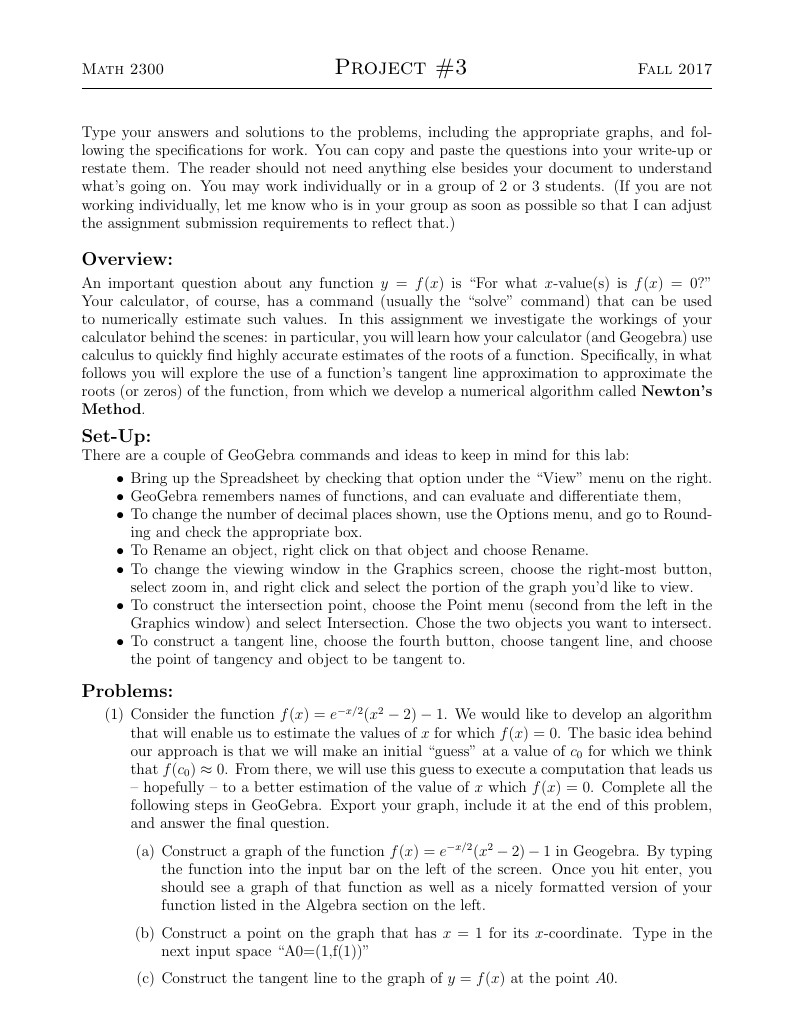
This is a project to develop students' understanding of Newton's Method using the tools available in Geogebra. This project was adapted from a similar project developed by folks at Grand Valley State University. (If any of you see this and would like more specific attributions, please let me know.)
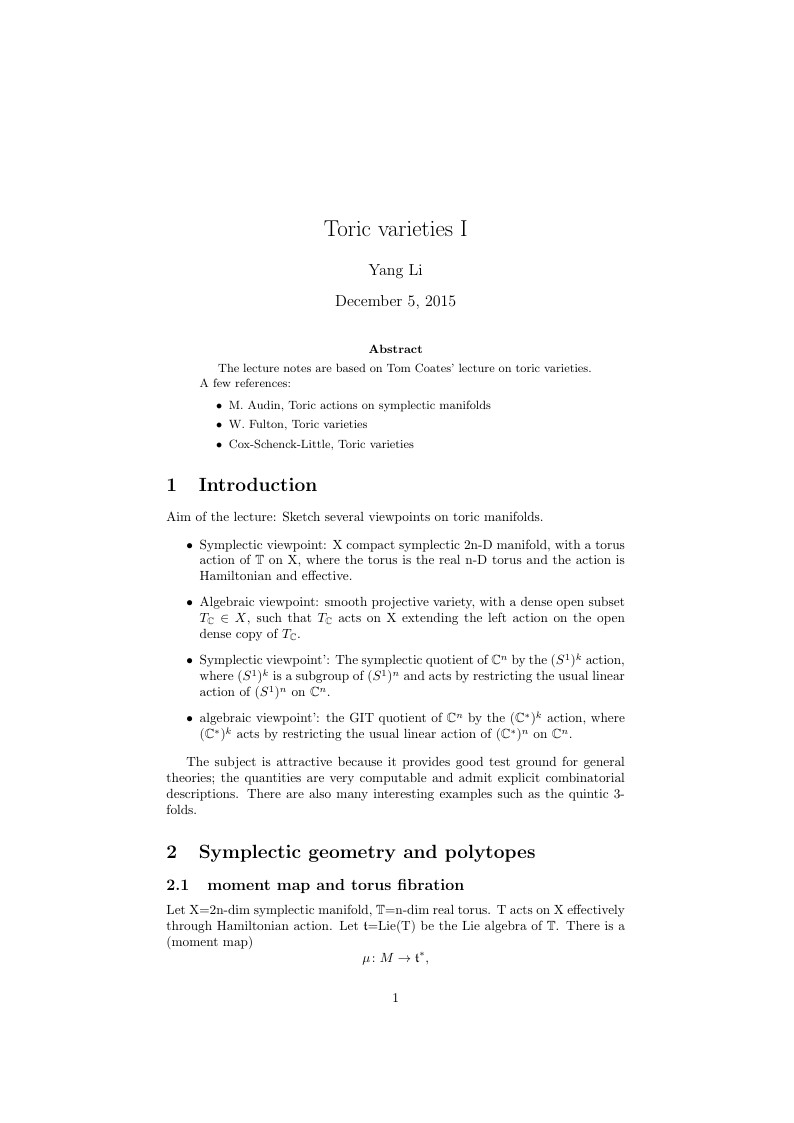
The lecture notes are based on Tom Coates' lecture on toric varieties. A few references: M. Audin, Toric actions on symplectic manifolds W. Fulton, Toric varieties Cox-Schenck-Little, Toric varieties
\begin
Discover why over 20 million people worldwide trust Overleaf with their work.